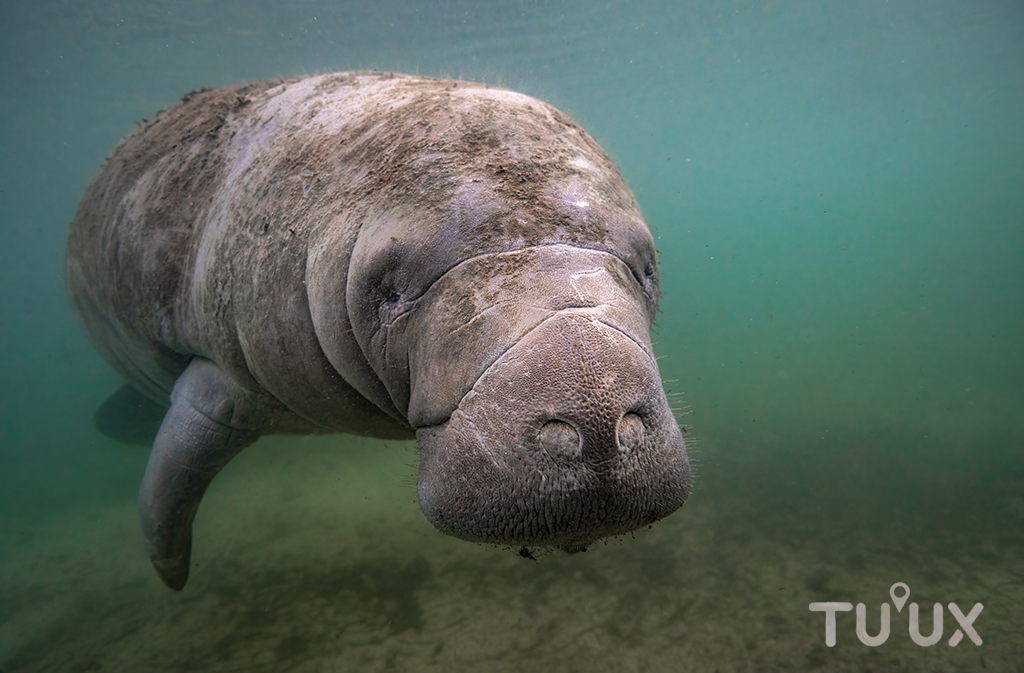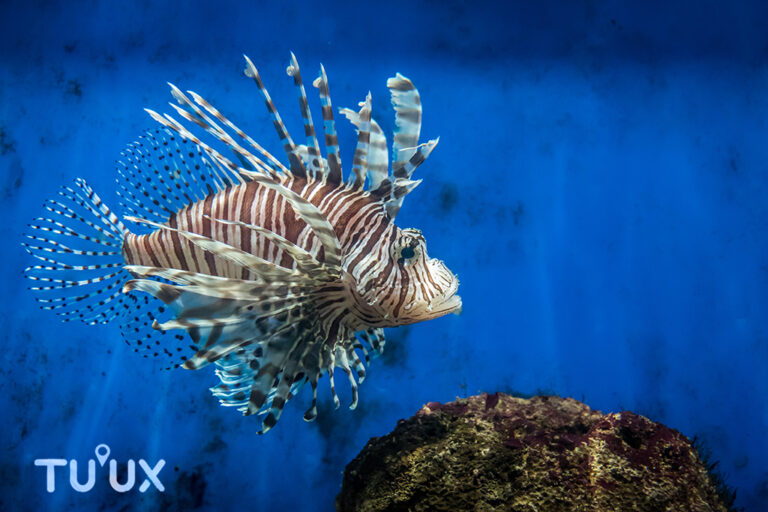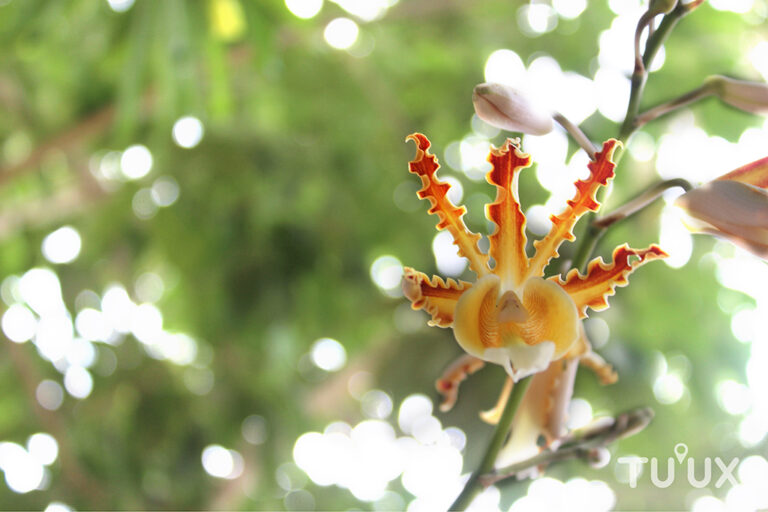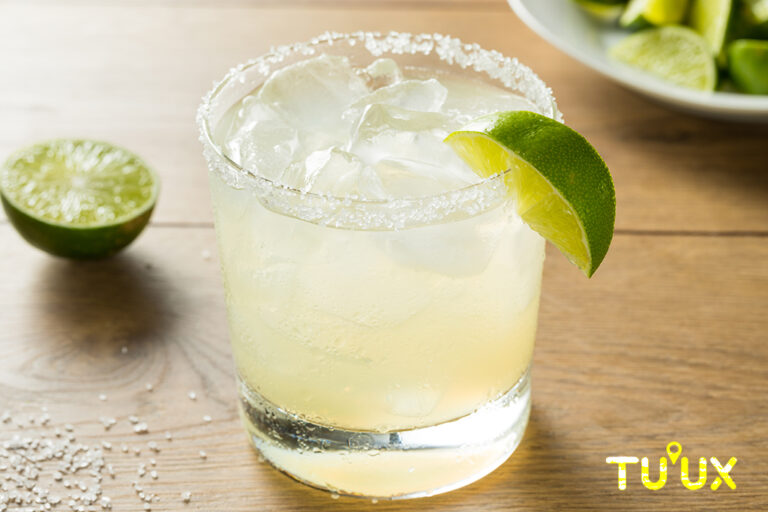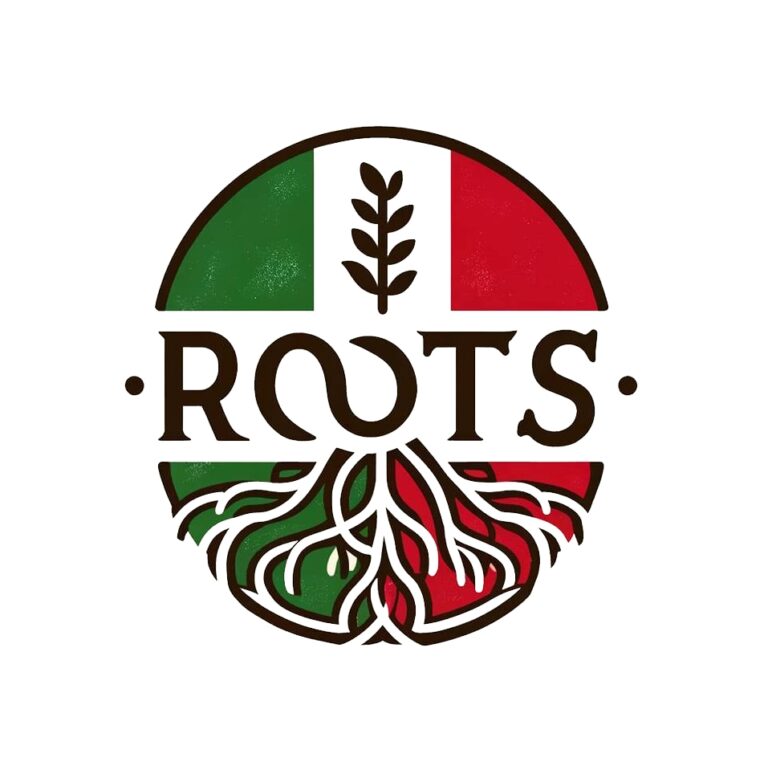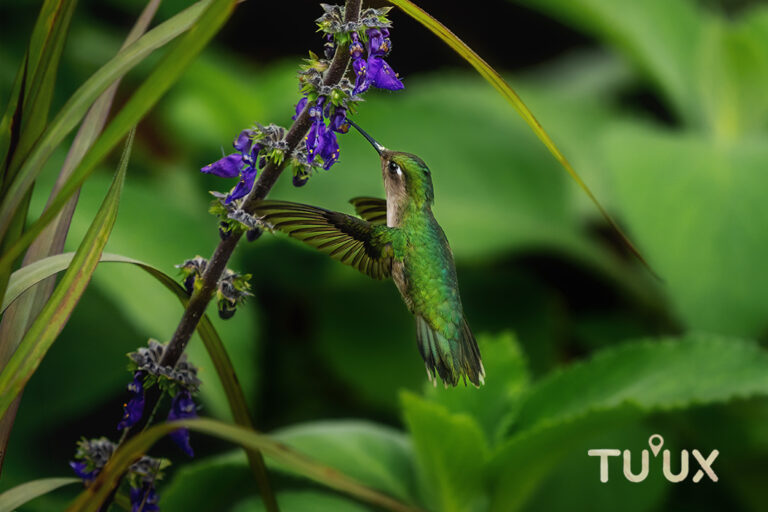MANATÍ
🐋 El Gigante Sereno de Mahahual
En las aguas turquesas y apacibles del Caribe Mexicano, particularmente en los serenos entornos de Mahahual y el prístino Xcalak, habita una de las criaturas más entrañables y emblemáticas de la región: el manatí del Caribe (Trichechus manatus manatus). Este mamífero marino, cariñosamente conocido como la “vaca marina”, es símbolo de la riqueza natural del sureste mexicano y un recordatorio viviente de la urgente necesidad de preservar nuestros ecosistemas costeros.
🌿 Un Habitante Emblemático del Caribe Mesoamericano
El manatí del Caribe es una subespecie del manatí antillano, caracterizado por su cuerpo robusto y forma aerodinámica. Puede alcanzar hasta 4 metros de largo y pesar más de 600 kilogramos, pero a pesar de su tamaño, su comportamiento es pacífico y dócil.
Su dieta se basa exclusivamente en vegetación acuática, consumiendo diariamente alrededor del 10% de su peso corporal. Gracias a esta alimentación voraz y especializada, el manatí juega un rol vital como ingeniero ecosistémico, manteniendo el equilibrio de los lechos de pastos marinos y evitando la proliferación de algas dañinas.
⚠️ Un Tesoro Biológico en Peligro Crítico
En el pasado, los manatíes eran comunes en toda la cuenca del Caribe. Hoy, su población ha disminuido drásticamente por diversas amenazas:
- Pérdida y fragmentación de hábitat, causada por el desarrollo costero y la tala de manglares.
- Contaminación del agua, por residuos urbanos, agrícolas e industriales.
- Colisiones con embarcaciones, ya que su movimiento lento los hace vulnerables al tráfico marítimo.
- Caza ilegal, debido a mitos o interés comercial.
- Cambio climático, que altera su entorno y fuentes de alimento.
- Turismo no regulado, que invade sus zonas de descanso y alimentación.
🗺️ Dónde Avistar Manatíes en Mahahual y Xcalak
En Mahahual, los avistamientos de manatíes pueden ocurrir en áreas como:
- Laguna de los Siete Colores (Bacalar)
- Canales costeros
- Manglares y zonas poco profundas
Sin embargo, para una experiencia más probable y respetuosa, Xcalak se posiciona como un verdadero santuario. En el Parque Nacional Arrecifes de Xcalak, con menor intervención humana, los manatíes encuentran un refugio ideal para alimentarse y convivir. Aquí es posible observarlos en libertad, siempre desde un enfoque sostenible y de bajo impacto.
🤝 Conservación y Conciencia Colectiva
La protección del manatí del Caribe requiere un esfuerzo conjunto entre autoridades, comunidades locales y visitantes. Diversas organizaciones trabajan en:
- Educación ambiental para pescadores, guías turísticos y turistas.
- Promoción de navegación responsable, reduciendo la velocidad y evitando hélices sin protección.
- Monitoreo científico y rescate, para estudiar sus movimientos y atender a ejemplares en riesgo.
Cada acción cuenta. Como visitantes o residentes de Mahahual y Xcalak, podemos ayudar:
✅ No arrojando basura en cuerpos de agua
✅ Evitando tocar o acercarse a los manatíes
✅ Respetando los manglares y áreas de pastos marinos
✅ Reportando avistamientos de manatíes heridos o varados
🌊 Conclusión: Guardianes de un Caribe Vivo
El manatí del Caribe no solo es un símbolo de ternura y paz marina. Es un indicador clave de la salud de nuestros océanos. Protegerlo es proteger el alma del Caribe Mesoamericano. Que nuestras decisiones hoy aseguren que futuras generaciones puedan seguir admirando a este gigante sereno surcando libremente las aguas de Mahahual y Xcalak.


🐋 The Caribbean Manatee: The Gentle Giant of Mahahual
In the turquoise and tranquil waters of the Mexican Caribbean—especially around Mahahual and the pristine coast of Xcalak—lives one of the region’s most endearing and emblematic marine creatures: the Caribbean manatee (Trichechus manatus manatus). Lovingly nicknamed the “sea cow,” this large herbivore embodies the natural richness of the southeastern coast of Mexico and reminds us of the urgent need to protect our fragile coastal ecosystems.
🌿 An Iconic Inhabitant of the Mesoamerican Caribbean
The Caribbean manatee is a subspecies of the West Indian manatee, recognized for its robust, streamlined body. It can grow up to 4 meters (13 feet) long and weigh more than 600 kilograms (1,300 pounds). Despite its massive size, the manatee is known for its peaceful and docile nature.
It feeds exclusively on aquatic vegetation, consuming up to 10% of its body weight per day. This herbivorous appetite makes the manatee a crucial ecosystem engineer, helping to maintain the balance of seagrass beds and preventing the overgrowth of harmful algae, which in turn fosters biodiversity.
⚠️ A Natural Treasure Under Critical Threat
Once widespread across the Caribbean, manatees are now facing alarming levels of extinction risk due to a number of human-driven threats:
- Habitat loss and fragmentation, primarily from coastal development and mangrove deforestation
- Water pollution, caused by urban, industrial, and agricultural waste
- Boat collisions, as their slow movement makes them highly vulnerable
- Illegal hunting, driven by myths and the commercial value of their meat
- Climate change, which alters food sources and destroys habitats
- Unregulated tourism, which disturbs feeding and resting areas
🗺️ Where to Spot Manatees in Mahahual and Xcalak
In Mahahual, manatee sightings are possible—though sporadic—in areas like:
- Laguna de los Siete Colores (Bacalar)
- Coastal channels
- Shallow areas near mangroves
For a more consistent and respectful observation experience, Xcalak stands out as a true sanctuary. Inside the Xcalak Reef National Park, where human activity is minimal and conservation efforts are stronger, manatees find a safe haven to feed, socialize, and roam. Here, visitors can admire them in their natural environment—always with caution and respect.
🤝 Collective Efforts for Conservation and Awareness
Protecting the Caribbean manatee requires the cooperation of local communities, authorities, and travelers alike. Many organizations are working toward:
- Environmental education for fishermen, tour guides, and tourists
- Responsible boating campaigns, encouraging slower speeds and propeller guards
- Monitoring and rescue efforts, to track populations and assist injured individuals
You, too, can make a difference:
✅ Avoid littering near water bodies
✅ Do not touch or approach manatees
✅ Respect mangrove zones and seagrass areas
✅ Report sightings of injured or stranded manatees to local authorities
🌊 Conclusion: Guardians of a Living Caribbean
The Caribbean manatee is not just a symbol of peace and marine beauty—it’s also a key indicator of ocean health. Protecting it means protecting the soul of the Mesoamerican Caribbean. Let’s ensure future generations will also have the chance to admire this gentle giant swimming freely through the crystal-clear waters of Mahahual and Xcalak.

